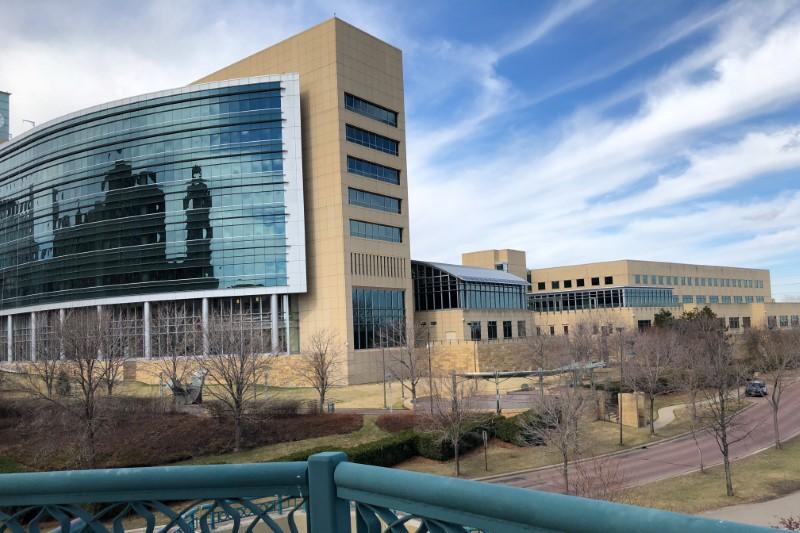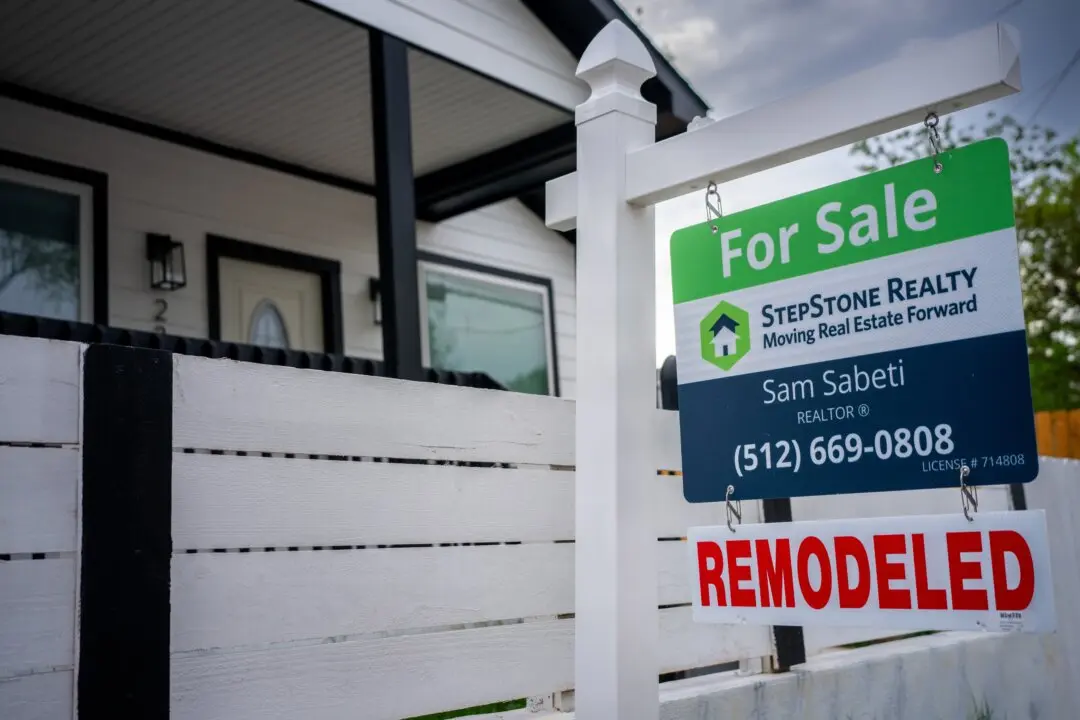The Federal Reserve is considering changing its long-held policy of fighting unemployment levels it has considered too low. After the economy’s solid performance over the past year in particular, the Fed leadership ponders it may be better to leave the economy alone in times of low unemployment, instead of trying to hit the brakes with interest rate hikes.
For decades, the Fed has stuck to the idea that if unemployment drops under a certain level, perhaps about 4 percent, interest rates need to be increased or inflation would start to rise dramatically.





